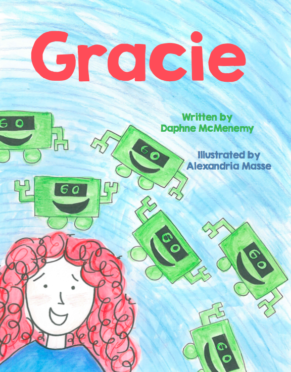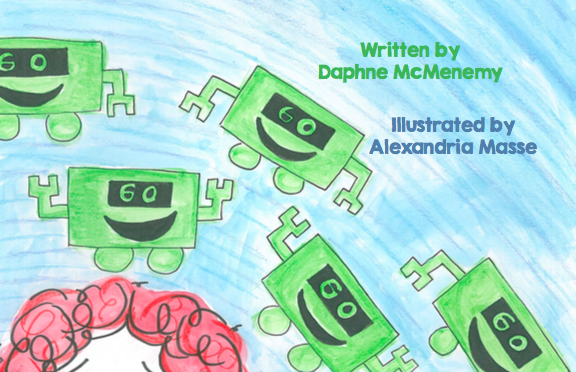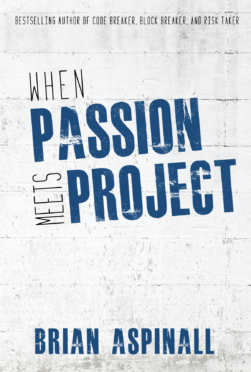I remember the year a SMART Board was installed in my classroom. It was a game changer at the time. I ditched the blackline masters and accompanying teacher’s manual and made my own program. My way. Everything we did from then on was interactive. I loved my SMART Board. Next came iPads. I had access to an entire class set of iPads. There weren’t many people in the building that were using them so I parked that cart in my room and conveniently forgot to put them away most days. Access to information at our fingertips. Apps for my quiet kids to showcase their creative side. Apps for those who needed sensory breaks to take a moment to unwind without leaving the room. Greenscreen. iMovie. YouTube creations. Game changer. Then came robots. We learned how to code. We integrated coding everywhere – literacy, math, science, everything. Coding lead us to building and making. I’m typing so fast right now because I remember that year so clearly. It was so much fun. It was such an exciting year. We were doing things in grade 1 that grade 1s just didn’t do. Why? Because it was fun. It was engaging.
I was gifted a group of disengaged five- and six-year-olds that year who fit into two distinct categories: The school comes easy kids and the I don’t like school kids. Neither group were focused on learning. One didn’t have to try very hard, and the other wasn’t interested in even trying at all. Unleashing all of this technology in our classroom made me realize why our students need to have these opportunities. They were living proof of just how important it was for us as educators to know our learners and understand how to reach them.
I’m straying from my point.
Every time something new came along in the EdTech world that year, I jumped at the chance to learn about it, to bring it into my classroom, to explore it with my kids. People noticed. People judged. Not everyone believed in the power of technology integration like I did. For their own reasons, they stayed in their comfort zone. For my own reasons, I jumped out of mine as often as I could. I found myself surrounded by the but we’ve always done it this way mindset. I couldn’t relate to that. This technology offered so many options for our kids. It gave us endless opportunities to be creative. It gave them ownership of their learning. It gave them a voice. But I couldn’t make people see that. Part of the reason for that was my shove it down their throats approach (I’ve since learned that’s not the most effective way to get a message across to your colleagues). But I imagine fear and comfort played the biggest roles. I didn’t understand their fear. I couldn’t understand their unwillingness to try new things, to be vulnerable, to take the leap. Comfort was boring. Surely if I was bored with my program, my students had to have been even more so.
After that year I began to really reflect on how to spread my message with less of a shove it down their throat approach and more of a what would you like to learn approach. It was actually pretty easy once I took the time to think about it. You need to know your learner – are they coming at you entry level or are they the expert in the room? I needed to focus on those who were willing to move forward in their journey and understand that everyone was moving at their own pace, and it didn’t have to mirror mine.
As educators, if we’re not moving forward and embracing technology, which by the way is no longer technology for our students – it’s the world they were born into, we are doing a disservice to them and to ourselves. It’s okay to be where you are. It’s not okay to stay there.

As a child and young adult, Daphne was focused on becoming an educator with purpose, to improve the lives of her students and make an impact on their educational journey. As a primary teacher for the past 14 years, she has created opportunity for children in her classroom to explore learning in innovative ways. Using robots to support children as young as kindergarten age in discovering learning through coding, she assists them in developing numeracy, literacy and computational thinking skills through creative exploration. Daphne has a passion for STEM and credits interactive technologies for offering learning experiences that encourage growth-mindset, develop problem-solving skills and build perseverance. Her experience in the classroom has proven to support even the most hesitant learners in building confidence in their abilities and engaging in the learning process.
Her forward thinking and creative experiences have been shared with colleagues through informal networking, as well as cultivated opportunities to coach and support other educators in building their own technological competency at various educational levels. Daphne is committed to supporting student success, meeting students where they are, appreciating each individual, and finding opportunity to engage and motivate students in creative, innovative ways.
Check out her book “Gracie” on Amazon!


 For all the kids who grow up in a small town and think they don’t stand a chance. You do. I was once that kid.
For all the kids who grow up in a small town and think they don’t stand a chance. You do. I was once that kid.